5G NR has defined the output power limits for the upcoming 5G radio implementations. In 5G networks, although having much greater speeds using higher frequencies than in current cellular applications, such as 3.5GHz and millimeter-wave, 5G coverage per cell is expected to be affected. Especially for indoor environment coverage, penetration losses in these new frequencies are a lot higher than the conventional cellular bands. However, 5G NR on 3.5GHz will typically use an active antenna configuration where Downlink coverage will be comparable to a typical 1.8GHz LTE MIMO 2×2 system. On the other hand, Uplink coverage will still be limited, even with Uplink power split between LTE and NR.
5G NR Uplink limitations
In 5G NR, the User Equipment transmitter power is defined by Power class 3, which is the default for 5G NR, similar to LTE. According to 3GPP Release 15.3, power class 2 for frequency band n78 was defined to boost the user equipment’s Uplink coverage. However, in 3GPP TS 38.101-1 Chapter 6.2B in version 15.3, the maximum transmitter power is not defined for Dual Connectivity operation. Furthermore, transmission on 3.5GHz and 1.8MHz Uplink carriers are considered as transmission in the same cell. As a result, transmitter power for Supplemental Uplink (SUL) configuration is the same on each radio carrier.
The maximum output power for Dual Connectivity is measured as the sum of the maximum output power at each user equipment antenna. In turn, the user equipment transmitter power for Uplink MIMO is related to the number of power amplifiers. Early 5G chipsets will have dual transmitter support for all supported band combinations but no Uplink MIMO. The number of Uplink Power Amplifiers in a UE is typically one PA per band group. Single transmitter option is a lot more cost-effective than having an extra power amplifier, which will keep the total UE device price low but will also diminish latency and coverage.
UE Dynamic power-sharing
There are two types of non stand-alone UEs supported by the dynamic power sharing specification. User Equipment Type 1 is capable of dynamic LTE-NR power-sharing. This means that a converged 5G NR and LTE modem is used with high-speed interface capabilities. These UEs can operate with PowerLTE + PowerNR > Ppowerclass configuration or with no PowerLTE or PowerNR configuration.
User Equipment Type 2 is not capable of dynamic LTE-NR power-sharing. A separate modem for 5G NR and LTE is used with limited interface capabilities. These UEs can only operate in EN-DC (EUTRA-NR Dual Connectivity) when a configuration is received with PowerLTE + PowerNR ≤ Ppowerclass. Neither type of User Equipment is allowed to transmit with power above Ppowerclass in FR1.
In EN-DC single uplink operation (TDM), semi-static power-sharing reduces the Uplink link budget by 3dB, from 23 to 20dBm. This affects both LTE & 5G NR coverage. In a single uplink operation, there is also a negative impact on throughput. A solution could be either a stand-alone operation where the user equipment is connected to one RAT at a time or supplemental Uplink. However, there might be negative impacts, especially on throughput.
UL coverage extension options
The leading technologies to boost 5G NR Uplink coverage are the uplink split bearer with EN-DC, the uplink Carrier Aggregation with flexible spectrum sharing, for example, on 1800 or 700 MHz, which can be deployed and utilized for uplink coverage extension, and the Supplemental Uplink.
Uplink fallback to LTE
Uplink fallback to LTE, currently promoted by some vendors, the concept of the uplink split bearer is used, without the need for vendor lock-in. At the 5G NR uplink cell edge, when low QCI or low uplink SINR is detected, the gNB flow control will redirect all data bearers from NR PUSCH to LTE PUSCH. NR PUCCH will remain on 3.5GHz so that it will become a new Uplink cell border. Uplink power is typically split equally with a maximum value at 20dBm for LTE and 20dBm for NR.
Inter-band Carrier Aggregation
Inter-band Carrier Aggregation is another technique to boost Uplink coverage. This is a Dual-layer solution, where 1800 or 700MHz layer will be deployed with 5G NR as well. The lower band layer will be used as the primary cell, ie, the cell operating on the primary frequency. The 3.5GHz is the secondary cell operating on a secondary higher frequency carrier, which will provide the additional radio resources and act as a capacity extension in a Carrier Aggregation configuration. However, due to the low current penetration of 5G NR chipsets, flexible spectrum sharing of LTE + NR may be suggested. Some capacity loss is expected on the downlink. For the Uplink, the power split is still exercised at a 20+20 ratio. The Inter-band Carrier Aggregation requires to build a second NR frequency layer and requires vendor lock-in, as all spectrum sharing solutions are vendor-specific unless 5G low band without spectrum sharing is deployed.
Supplemental Uplink
Supplemental Uplink is the most advanced solution, however, it is also the most complex one. At the NR UL cell edge, when a low uplink SINR is detected, the terminal switches to 1800 or 700, where flexible spectrum sharing with LTE can be deployed. With TDM, the full power of 23dBm can be set. C-band at 3.5GHz has a more extended downlink coverage due to Massive MIMO antenna and beamforming than uplink. Uplink & Downlink decoupling enables extending the C-band cell radius on the Uplink by utilizing lower frequency bands. Switching from 3.5GHz to a lower frequency is triggered by network-based Uplink quality measurements.
Supplemental uplink operation
For some vendors, the decision on Supplemental Uplink activation is based on uplink C‑band SINR measurement on the SRS and the C-band load. In a stand-alone mode, SUL can be activated even before the Random Access Procedure to NR starts. Supplemental Uplink improves uplink 5G NR coverage and throughput, therefore enables light indoor penetration. Supplemental uplink extends 3.5 GHz (C-band) coverage by about 4-7 dB for semi-static power-sharing. For Single uplink, the transmitter gains are up to 3.5 dB. Flexible spectrum sharing (Inter-RAT LTE+NR) must be implemented on 1800 MHz UL. This means that it is a prerequisite to have a single vendor network operation (vendor lock-in).
When supplemental uplink is configured for a UE, there are two Uplink carriers set for one Downlink carrier of the same cell. At any time, each serving cell has at most one PUSCH for transmission for the user equipment. Dynamic TDM between SUL and non-SUL PUSCH is supported. There are two options for the user equipment switching capability between LTE and 5G NR. The user equipment can either use the option of a digital rotator with almost 0µs switching time, or the option of RF shift with a bit less than <20µs switching time.
UL Coverage extension decision
Which solution will be used by each Mobile Operator will finally depend on the structure of their existing network and the architecture of the new 5G network to be deployed. Each vendor is already in the process of developing its current solutions based on the above techniques. The decision of which vendor to proceed with for 5G will also play a significant role in this direction. Furthermore, the intention of the Mobile Operator to avoid or not vendor lock-in should also be taken into account.


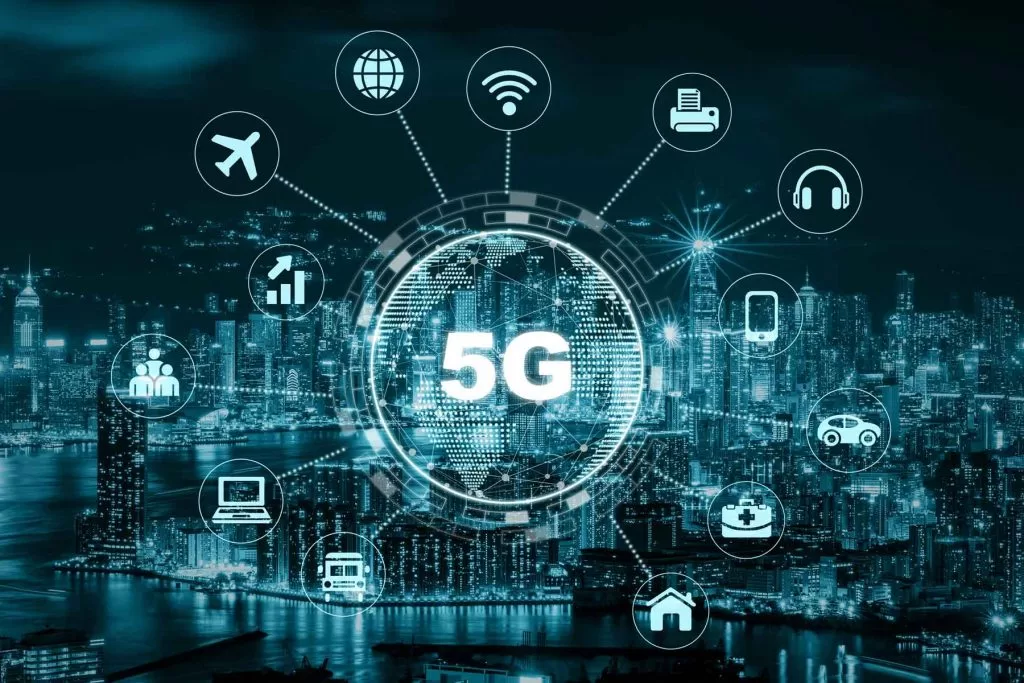


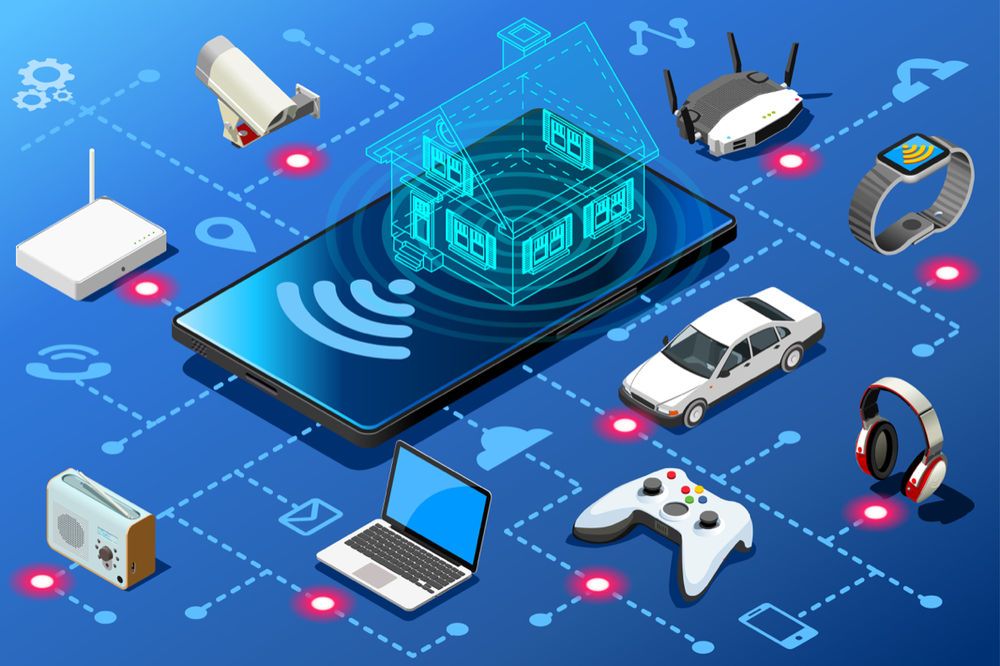
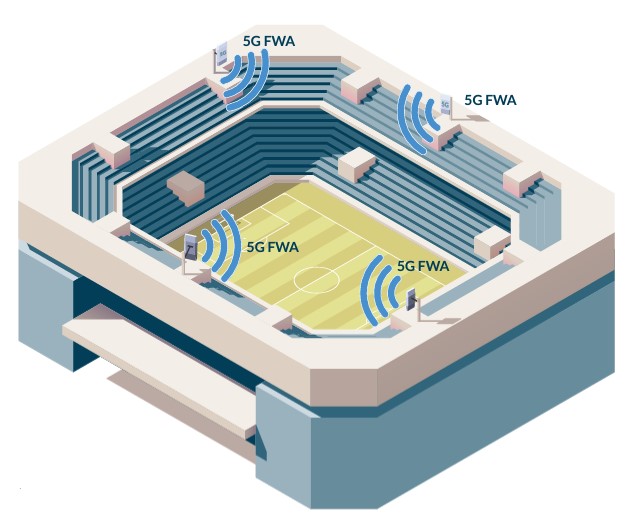
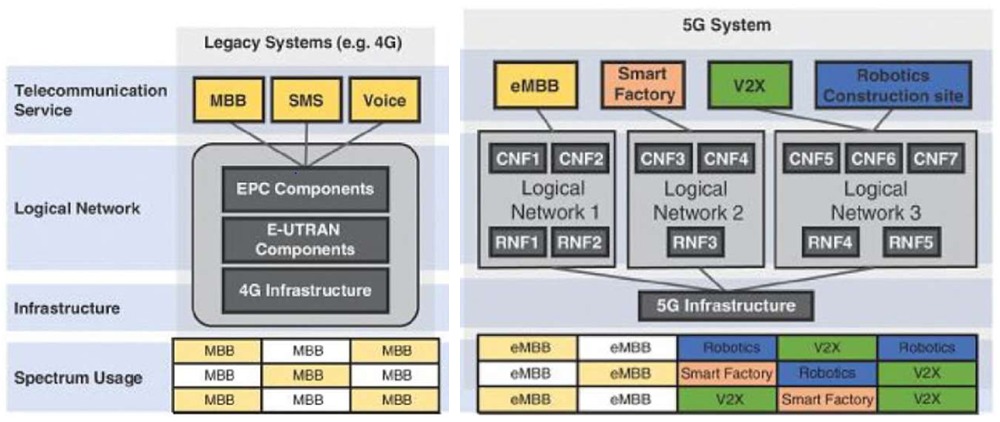
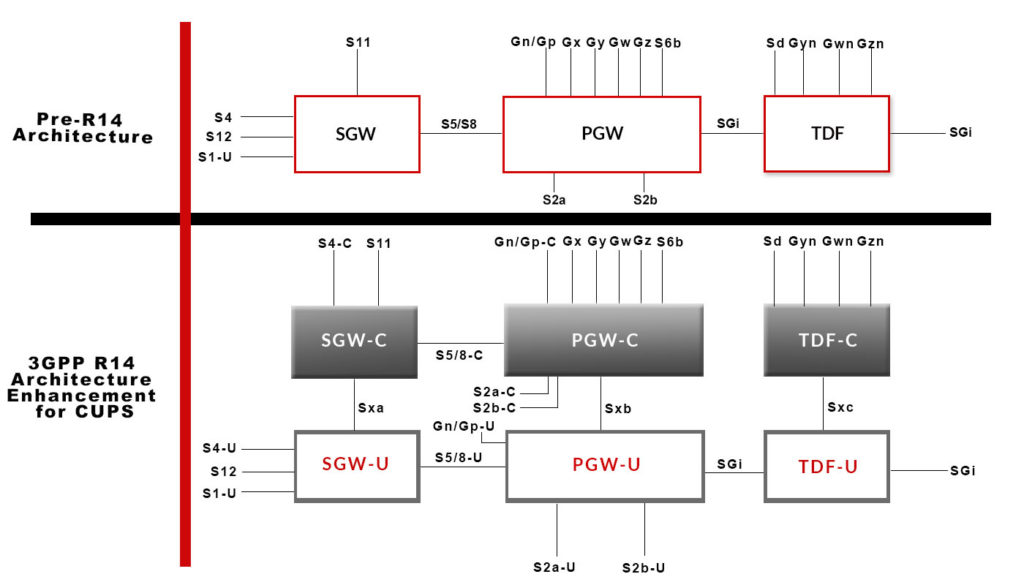
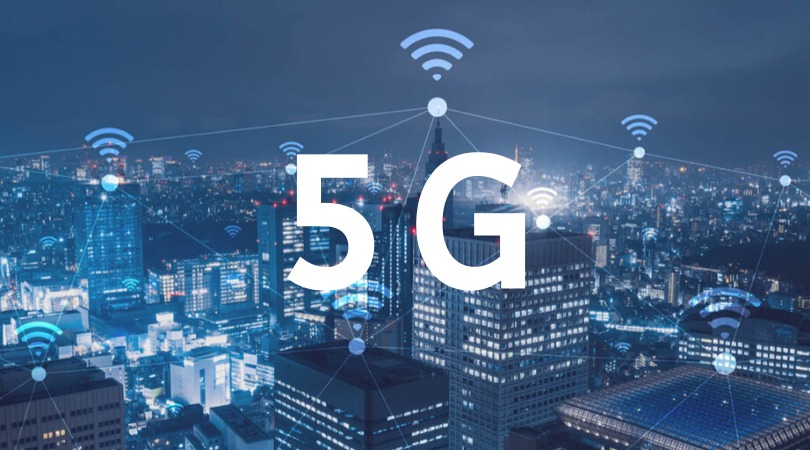
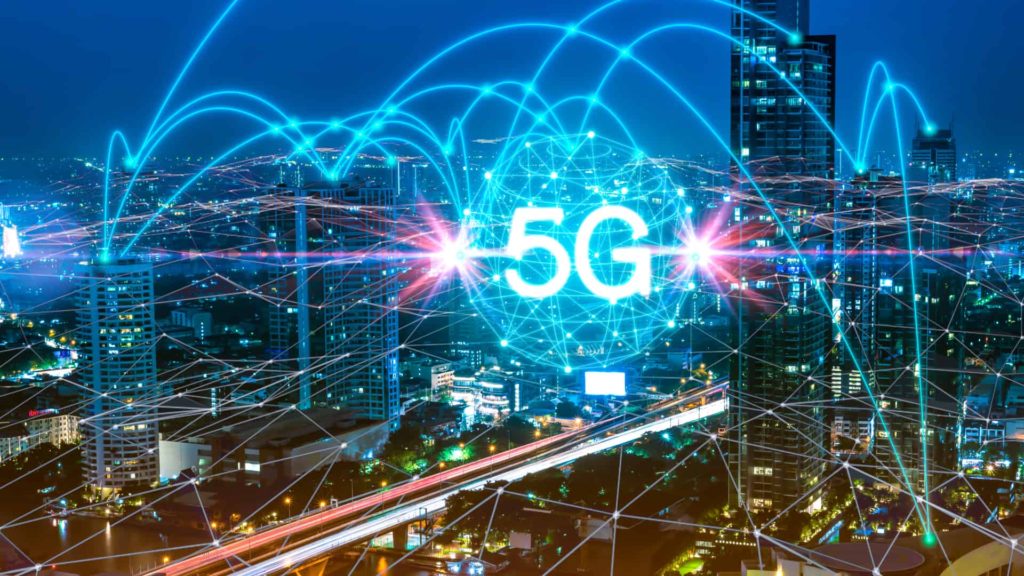



I ran into this page accidentally, surprisingly, this is a amazing blog :-). The site owner has carried out a superb job of putting it together, the info here is really insightful. You just secured yourself a guarenteed reader.